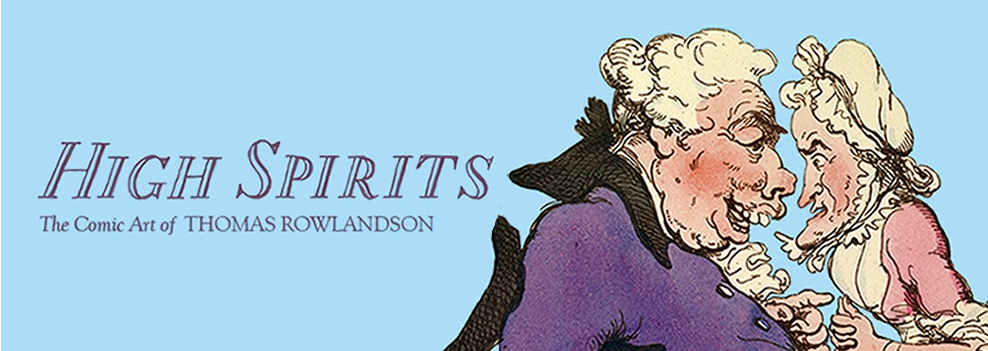 The Queen’s Gallery
The Queen’s Gallery
Buckingham Palace Road
London SW1A 1AA
Ends 14 February 2016
Entrance: £10 (concessions available)
This exhibition has been previously displayed at the Palace of Holyroodhouse, Edinburgh and the Holburne Museum of Art, Bath.
This morning, in the rain, I took the bus to Victoria to see High Spirits: The Comic Art of Thomas Rowlandson at the Queen’s Gallery. It was two hours well spent.
It is well known that politicians and celebrities love collecting cartoons of themselves and the Royal family, it seems, was no exception. George, the Prince of Wales (later Prince Regent and George IV) was one of the most prolific collectors of satirical prints, including Rowlandson’s, and Victoria and Albert continued to add to the Royal collection. There are over 1,000 Rowlandson prints in the collection, beautifully preserved because they have been stored in albums and portfolios – it was the practice to pass these around after dinner for general amusement.
The surprise for me, long an admirer of Thomas Rowlandson’s work without knowing a great deal about him, is that he was a jobbing caricaturist. I assumed that every politician, royal personage or “type” was his potential target by virtue of the absurdity of their appearance or behaviour, but had never appreciated that, when someone waved money at him, Rowlandson would happily sketch up a specific image to order. You want an anti-Pitt cartoon, you say? Or is it anti-Fox? It’s no skin off my nose. It was as if Steve Bell worked both against and for the Tories.
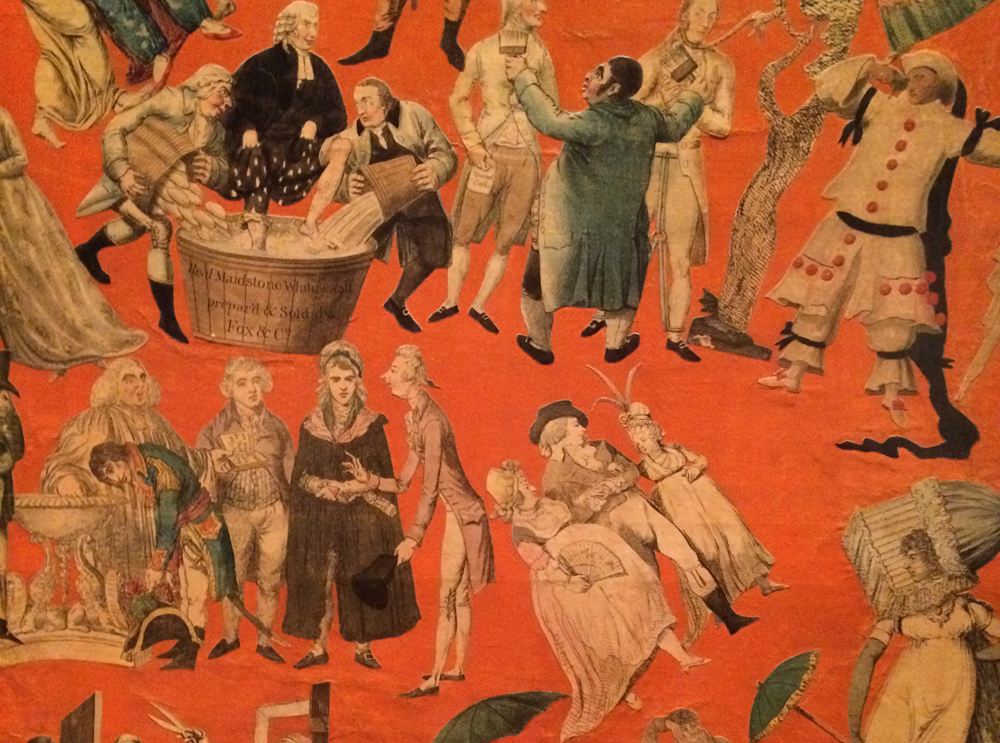
The centrepiece of the show, merely because it is so big, is a commercially produced folding screen from 1806-7, decorated with figures and scenes cut from hundreds of Rowlandson’s satirical prints. The figures have been artfully composed so that they appear to interact with one another.
None of this detracts from Rowlandson’s exuberant genius. He was, after all, famously convivial and had large bar and gambling bills to settle.
The most engaging of Rowlandson’s art is here: absurd satires of well-known personalities – the Prince of Wales/Regent/William IV, Georgiana Duchess of Devonshire, skinny Pitt, fat old Fox, as well as observational drawings of ill-matched couples (he was fond of Beauty and the Beast combinations), carousing spectators at the theatre, the Rag Fair.
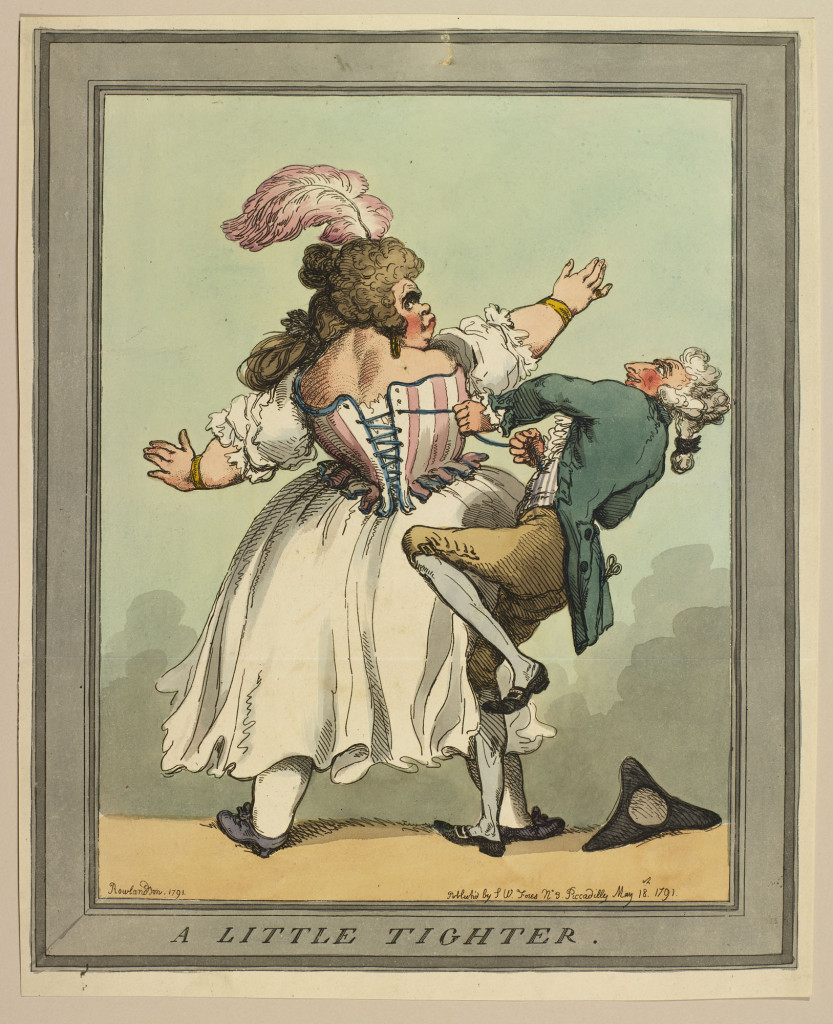
A Little Tighter. Royal Collection Trust © Her Majesty Queen Elizabeth II 2016
The compass of the exhibition is actually wider than its title as there are also fine examples of Rowlandson’s representational art, for instance of George III’s hunting party and of Nelson’s victory on the Nile, although, to be fair, even in the most prosaic works, there is sometimes a funny little dog in the corner.
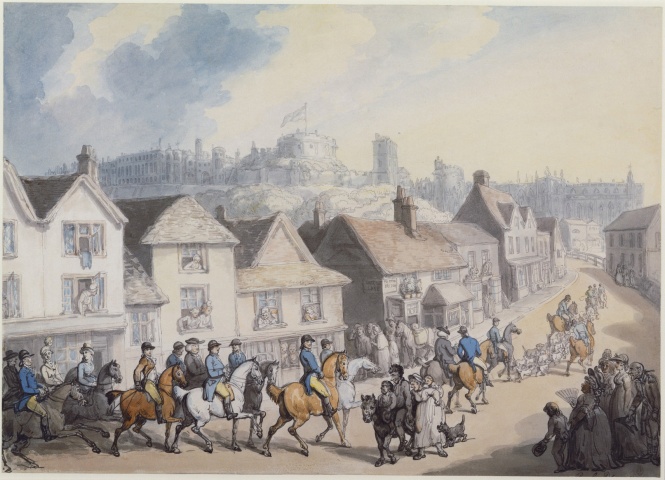
King George III returning from hunting through Eton. George is the figure on the white horse. Notice the poor family, with the woman carrying a child on her back and the funny little dog, coming the other way. Royal Collection Trust © Her Majesty Queen Elizabeth II 2016
One of my favourite sections was The Resignation of the Duke of York in which, in a series of hilarious scenarios, Rowlandson documented the abject situation of the Duke after his former mistress, Mary Ann Clarke, tricked him into signing off Army promotions and he was outed as a naive and vulnerable dupe. Although Parliament cleared him of deliberate wrongdoing, he was forced to resign his position as Commander-in-Chief. When his letters to Clarke were read out in Parliament his humiliation was complete.
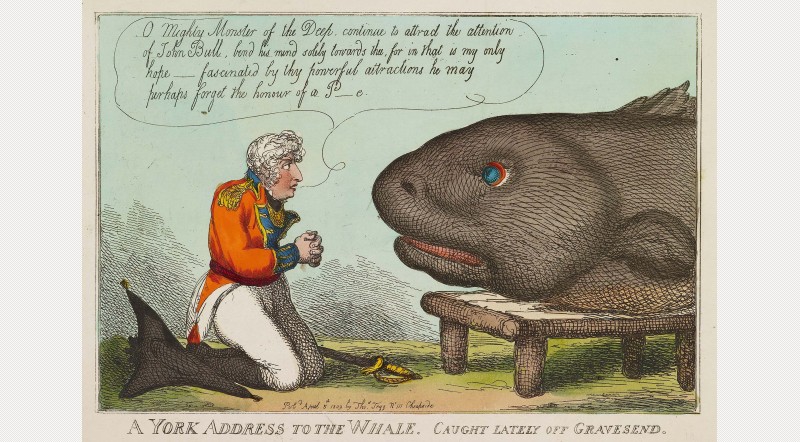
A York Address to the Whale. In March 1809, a large whale was beached and its carcass taken to London. The Duke of York pleads with the whale to continue to distract public attention from his own questionable conduct
Royal Collection Trust © Her Majesty Queen Elizabeth II 2016
The exhibition is preceded by a short but effective video voiced by Brian Blessed – a simple introduction to the era for those unfamiliar with it – as well as a useful potted biographies of the most prominent personages who provided Rowlandson with so much comic material.
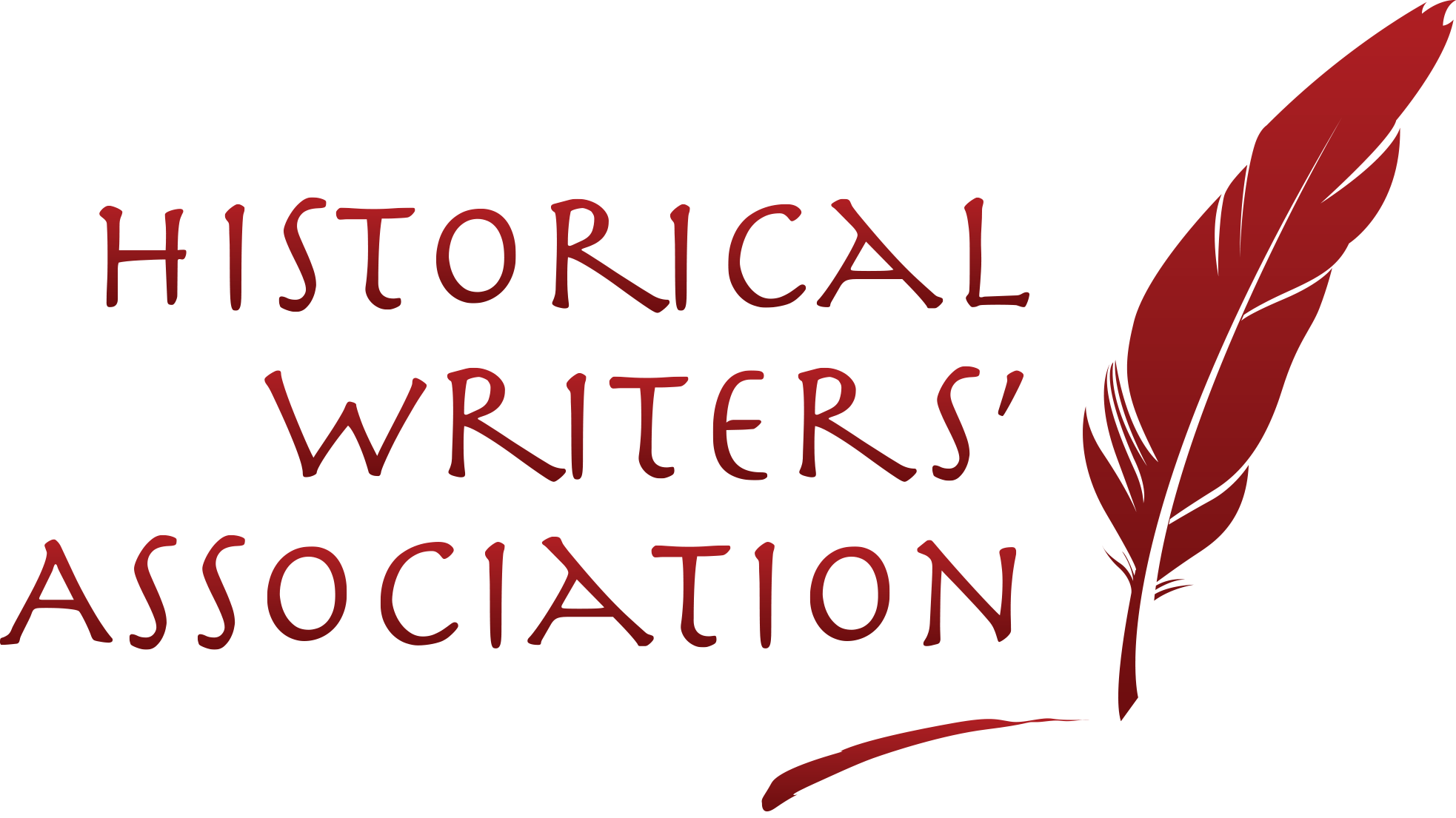
Leave a Reply